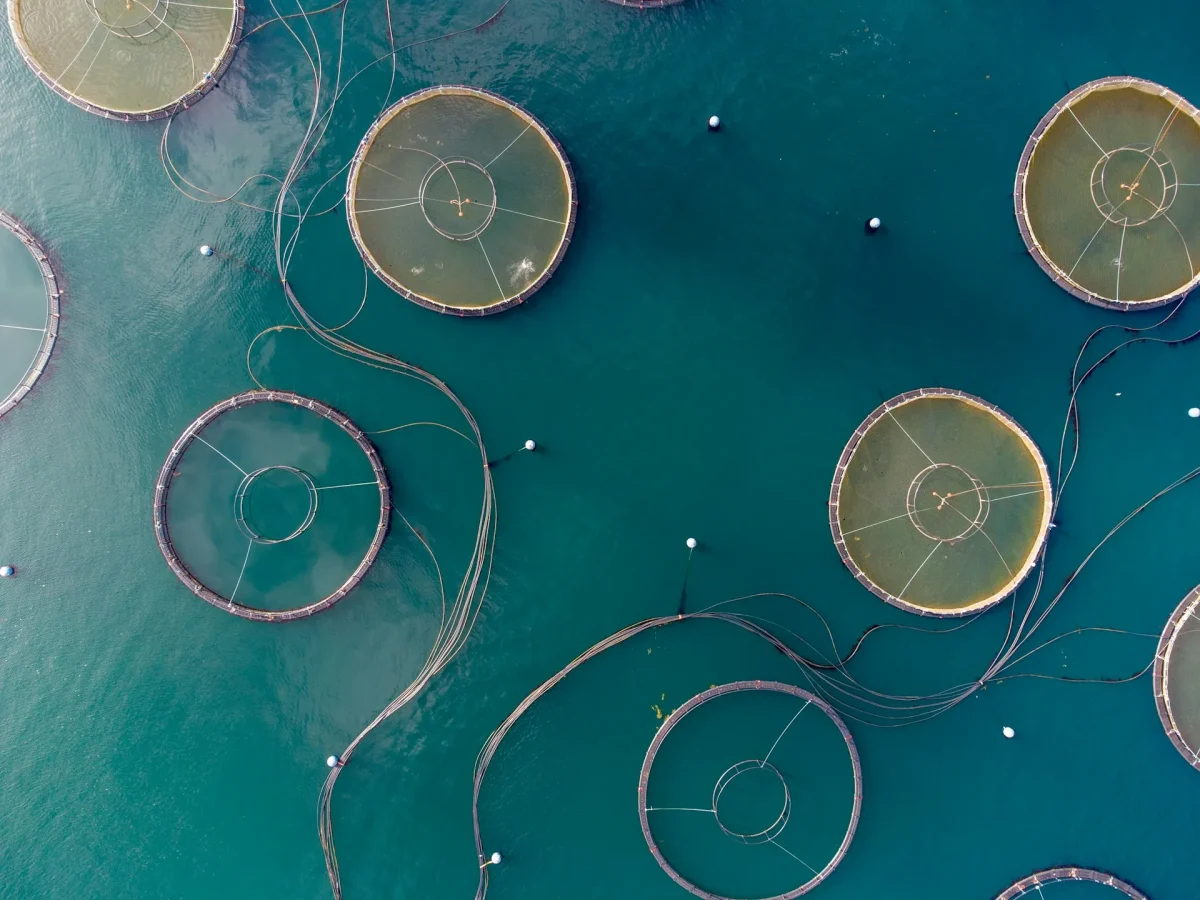The salmon industry in Scotland has been a point of contention for many years. There are some who, for now, rely on it. Fish farms are “the backbone of some of Scotland’s most isolated areas,” according to Tavish Scott, the chief executive of the Scottish Salmon Production Organization. Employing 10,000 people across Scotland, the industry brought £760 million into the Scottish economy in 2021 alone.
But there are others who would like to see an end to Scottish salmon-farming. Corin Smith is an activist who has campaigned against the industry for years. He founded the organization Inside Scottish Salmon Feedlots, a group dedicated to raising awareness of the issues salmon farms cause. They believe the negative effects of farming, in particular the danger it poses to wild salmon and the chemical and plastic pollution it causes, far outweigh the benefits this industry brings to Scotland.
